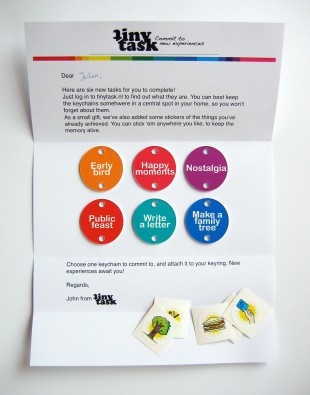The main goal of this project was to explore opportunities for design in the field of positive psychology. Design has a way of making things concrete, understandable and engaging. These are qualities that scientific theories and frameworks often lack. Because positive psychology is essentially useful for anyone since it is not problem-focused but opportunity-focused, the goal was to create a product-service that made this knowledge accessible to a large audience.
Happiness has numerous benefits. It boosts physical and mental health, energy levels, immune systems, engagement with social relations and work, and longevity. This makes Subjective Well-Being not only relevant to individuals, but also to society as a whole. However, regardless of technological advancement and economic growth, there is more unhappiness now than there was 50 years ago (Easton, 2006). Although widely available in literature and validated to be useful, not many people seem to pick up on the happiness strategies by implementing them into their daily lives. Comprehension is one thing; action is another. Here lies an opportunity for design.
[Easton, M. (2006, May 2). Britain’s happiness in decline. London, UK: BBC.]
Links
http://designinghappiness.wordpress.com
www.linkedin.com/groups/Tinytask-3818141




